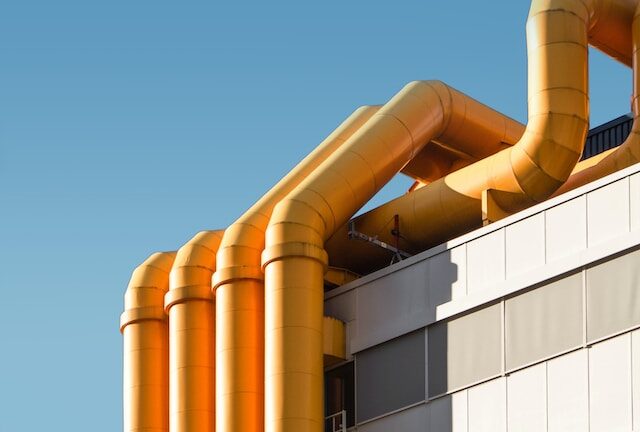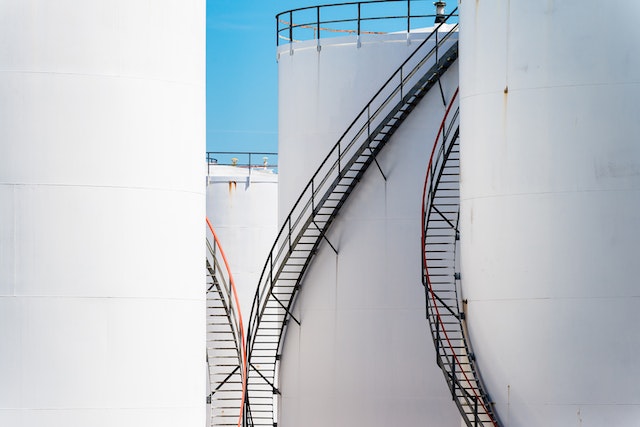Trenchless pipelining is an innovative method to restore deteriorated pipes. It eliminates the need for extensive digging, saving both homeowners and plumbing companies time and money. The process is also less disruptive, allowing occupants to remain on the property while the work is being performed. This article will compare trenchless pipelining to traditional methods to determine better.
Cost
The cost of trenchless pipe lining varies depending on the diameter, pipeline size and the method used to install the liner. However, it is much less costly than traditional methods and can be completed in a fraction of the time.
Trenchless pipelining is also more environmentally friendly than traditional methods. Traditional excavation can cause soil erosion and release toxins into nearby water sources. These toxins can contaminate drinking water and negatively affect human health. With trenchless technology, only small access holes need to be dug. Typically, the first step of trenchless sewer repair is a camera inspection. This can help locate the source of the problem and determine which method to use. Once the problem is identified, the next step is to install a new pipe liner.
Safety
Trenchless pipelining is a safe process that prevents root intrusion and doesn’t cause damage to the surrounding yard or environment. It’s an efficient alternative to traditional repair methods, such as excavation. The lining technique involves repairing the existing pipes with an epoxy liner. It’s a versatile method that can be used for improving water lines, main pipes and potable water systems. The liners are durable and strong enough to resist corrosion, chemicals and high-pressure applications. It also ensures the longevity of your home’s pipes. The epoxy coating prevents clogs and reduces the risk of breakage or collapse. It is also a cost-effective option that provides a long-term solution for your plumbing system. Trenchless lining eliminates the need for excavation, saving you thousands of dollars. It’s also less disruptive to the neighborhood and avoids damaging landscaping and public utilities. You may view website and learn about the benefits of choosing trenchless pipelining.
Time
Traditional pipe repair methods require extensive digging, which means they take longer to complete than trenchless pipelining. Additionally, the process can leave your property unusable for days or weeks while the work is underway.
The plumber only needs two access points to begin and end the pipeline rehabilitation in trenchless pipelining. The access points can be supplied shafts or small excavation pits, and the resin-coated liner is inserted through them. The infrastructure above the old pipe remains intact and untouched. Trenchless pipelining also requires less energy and resources than traditional methods. This reduces the environmental impact of restoring damaged tubes, such as deforestation and soil erosion, and using heavy machinery that consumes fossil fuels. In addition, some lining methods, such as CIPP and spiral wound, do not require chemicals or odorous curing processes, further reducing the environmental impact.
Environment
It is important to be environmentally conscious, and trenchless pipe lining methods are eco-friendly. Unlike traditional excavation-based repairs, trenchless technology, such as a cured-in-place pipe (CIPP), can restore damaged tubes without damaging the surrounding environment. This innovative method decreases environmental impact, increases the service life of the line, and reduces O&M costs. Trenchless repiping uses an epoxy-impregnated liner that fits inside existing drain and sewer pipes, allowing them to flow properly. Utilizing a camera inspection, technicians determine where the issue lies and what options are best for fixing it. This process can be done in as little as 24 hours, allowing residents and businesses to return to normal routines with minimal disruption. The minimal downtime also helps to reduce waste and odors, which are harmful to the environment. Additionally, occupants can remain in their home or office during the repair process, which saves on hotel bills and moving expenses. Traditional pipe replacement often requires the occupants to vacate until the project is complete, which is unnecessary with trenchless repiping.




